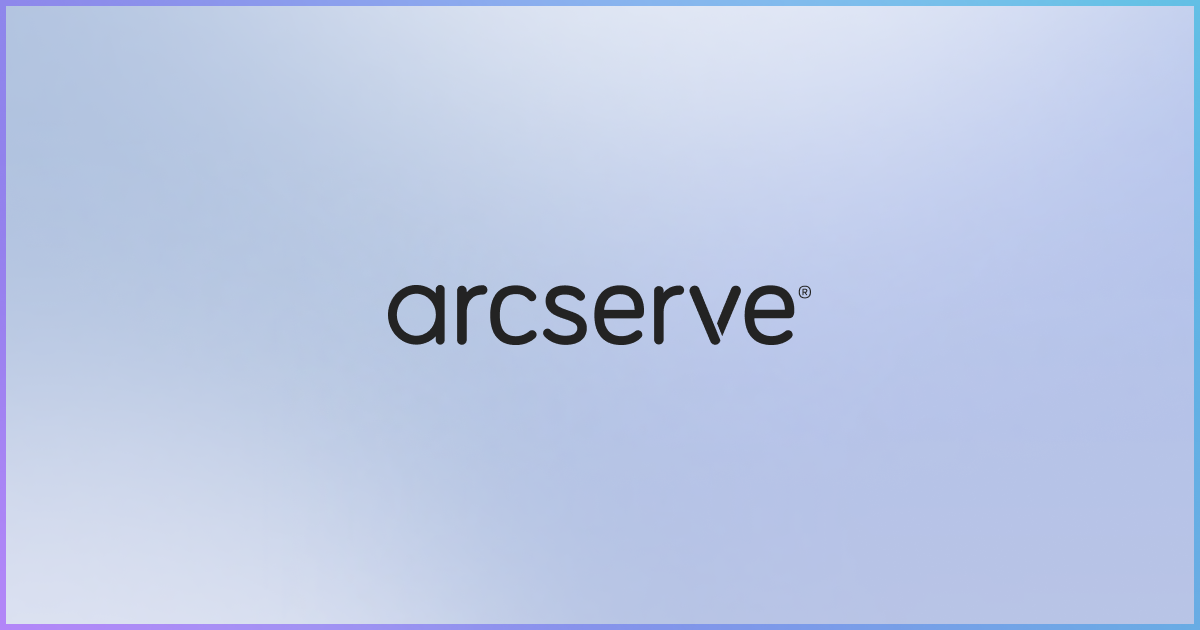DPaaS Explained: What Is Data Protection as a Service?

Ransomware is in the news so often these days that it is hard not to become desensitized to the very real danger it poses. It is easy to shrug off an attack that happened to someone else. But, heads up, ransomware is raging, and it may be just a matter of time before it affects your organization.
In fact, you may already be a victim of a ransomware attack and not know it. Security experts are reporting new infiltration tactics that introduce ransomware into your network quietly, sometimes using “ghost” credentials (i.e., the login info of a deceased employee). Once inside, the attacker sneaks around for a while, stealing credentials for more privileged accounts and exfiltrating data for later use until—SURPRISE!—someone in the company gets a notification that your network is under attack.
Peter Mackenzie, manager for Sophos Rapid Response, considers modern ransomware less of a primary threat and more of a courtesy call announcing a larger-scale attack on your organization. According to Mackenzie, identifying that you are under a ransomware attack is easy; identifying that the attacker is on your network a week before the attack takes place is what counts.
As bleak as this revelation sounds, there is actually quite a lot you can do to safeguard your systems, applications, and data against ransomware and other cyberattacks. One of the best ways is to invest in data protection as a service.
The Lowdown on Data Protection as a Service
Data protection as a service (DPaaS) refers to the cloud/web-based subscription services that provide data protection, network security, and disaster recovery capabilities. There are essentially three services rolled into DPaaS, which enable a more unified and comprehensive data protection strategy:
Backup as a Service (BaaS)
BaaS makes frequent backup copies of company files and databases and stores them securely in the cloud. BaaS is your No. 1 tool to protect critical data so it can be fully restored after a disruption or disaster.
Disaster Recovery as a Service (DRaaS)
Disaster Recovery as a Service (DRaaS) goes a step further than BaaS by protecting the company’s data, applications, and infrastructure from loss or damage caused by a natural disaster, cyberattack, or technology failure. DRaaS is intended to get your IT infrastructure back online quickly so normal-ish business operations can continue with minimal disruption.
Storage as a Service (STaaS)
STaaS houses copies of select files in a centralized location where they can be easily accessed and edited from any device. Note: STaaS doesn’t replace a secure, off-site backup solution, but it does provide a cost-effective file storage option so local storage doesn’t get bogged down.
The Benefits of DPaaS
Many businesses are turning to DPaaS for peace of mind in today’s incredibly uncertain business environment, but the benefits extend well beyond risk mitigation.
Reduced Costs
Implementing a DPaaS solution eliminates the recurring costs of maintaining and supporting data protection and disaster recovery in-house. You also won’t pay for storage space you may or may not use because with a DPaaS solution, you only pay for what you need.
Orchestrated Recovery
DPaaS solutions speed up recovery by automating the processes needed to orchestrate the recovery workflow. Once IT defines critical dependencies and sets the order and timing of recovery, the automated workflow will ensure that the appropriate backups are restored and that RTOs and RPOs are being met.
Enhanced Security for Remote Workers
Many organizations rely on Microsoft Office 365 to ensure their remote employees can stay productive and collaborative. But Microsoft’s shared responsibility model puts the onus on the user to protect their SharePoint Online, Exchange Online, and OneDrive data from loss and corruption. DPaaS ensures files and applications are backed up regularly, so your Office 365 data is secure and recoverable.
Automated Backups
DPaaS takes some of the stress and guesswork out of disaster recovery by automating backups on your schedule. This automation ensures that there is always an up-to-date backup for recovery efforts and that you can restore to a point in time before data was encrypted, deleted, or corrupted.
How DPaaS Differs from Traditional Data Protection
There are a lot of solid traditional data protection solutions out there, but in today’s complex, highly distributed, always-under-attack IT environments, DPaaS has several capabilities that make it stand out from traditional approaches to data protection.
A few of the key differentiators include:
- Faster data transfer
- Faster backups
- Instant restoration
- Protection for data at the application and the database layers
- Increased resiliency
Why Enterprises Need DPaaS Now More Than Ever
Data protection as a service is more than a convenience; it’s a necessity. Modern IT systems and infrastructures are at risk daily from any number of internal, external, malicious, and accidental threats.
In addition, consumers are becoming rabidly protective of their data privacy, and if you can’t assure users that you take security seriously, they will find someone who can. Over the coming months and years, we can expect a worldwide explosion in data privacy laws and regulations, such as GDPR, CCPA, HIPAA, and SOX.
DPaaS solutions not only provide a flexible, scalable, reliable approach to data loss prevention and disaster recovery, but they also maintain the data retention, storage, and governance standards required for compliance in highly regulated industries.